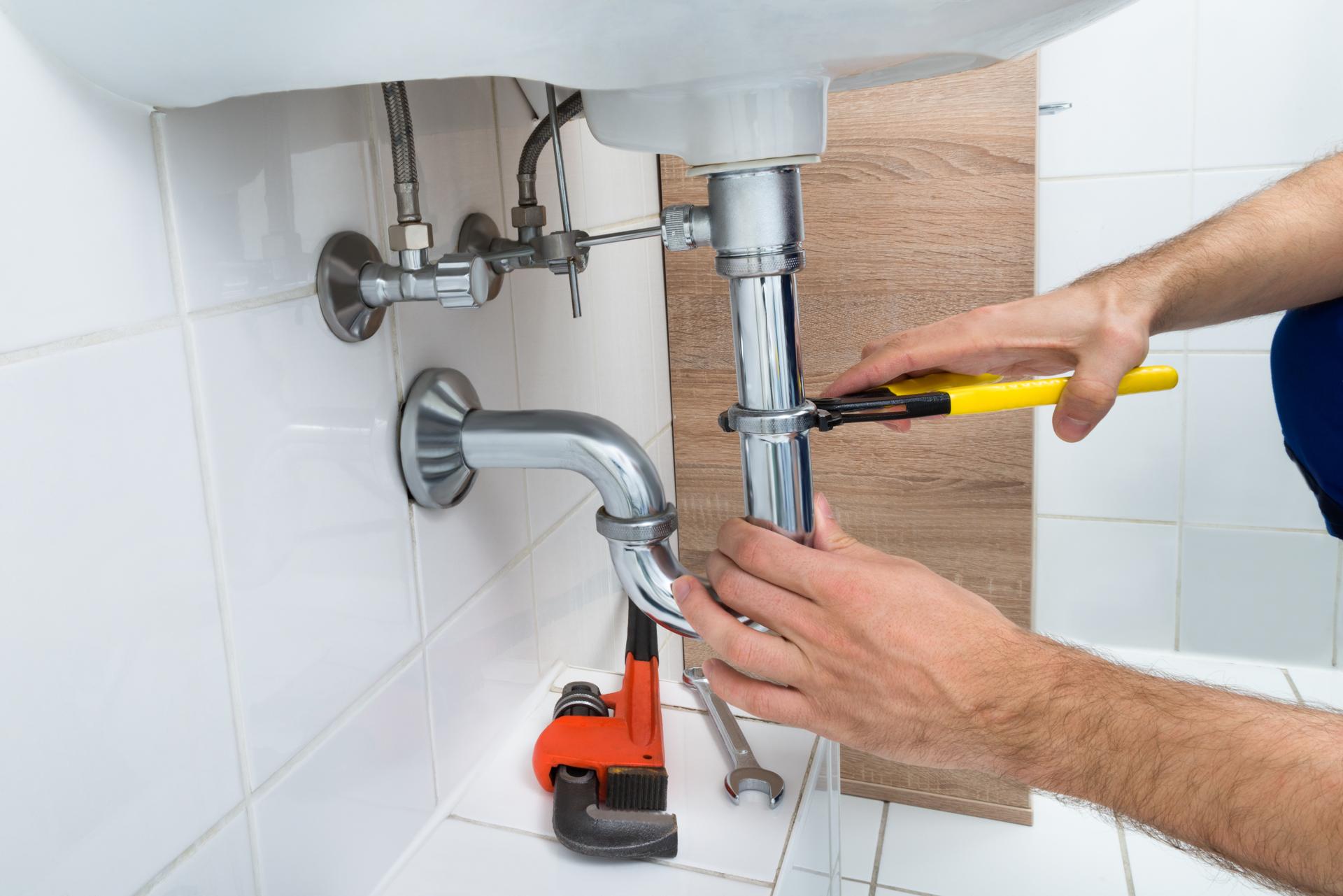Signs that it's Time to Replace Your Plumbing and What You Should Anticipate

Plumbing is an essential part of any house, providing us with clean water to drink, cook and cleaning, as as a way to dispose of wastewater. But, just like every other home appliance, plumbing will eventually wear out and require replacement.
Understanding when it’s time to upgrade your plumbing vital to prevent costly repairs and prevent health risks. This article will go over the signs that suggest that your plumbing requires to be replaced, factors to consider prior to replacing your plumbing, the procedure for replacing your plumbing and the advantages of replacing your plumbing and a section on FAQs to address any concerns you may have.
There are signs that it’s time to replace your plumbing
There are several common signs that indicate your plumbing is in need of being replaced, for example: Leaks If you see the presence of water stains or puddles on your home, it’s likely to be a indication of a leak in your plumbing. Leaks can cause serious structural damage to your home and can lead to the growth of mold which is why it’s crucial to address them promptly. Rust: Rusty pipes are a clear indication that your plumbing is in need of be repaired or replaced. Rust could contaminate your water supply and make it unsafe to drink or cook with. Low pressure in the water: If your faucets and showerheads produce low flow of water, it’s a sign of low water pressure that is caused by blocked pipes or corroded pipes. Water discoloration: Water that is discolored, such as yellow or brown, could be an indication of rust or sediment buildup within your pipes. This can affect the taste and the quality of your water. It could also indicate the need for plumbing repair.
Factors to Take into Account Before Replacing the plumbing
Before replacing your plumbing, there are many things to think about, including the age of your plumbing: Plumbing systems have a lifespan of about 50 years. So when your house is over that time, it’s probably time for a replacement. Cost of replacement: Replacing your plumbing can be costly, and it’s essential to budget for the cost. The severity of the plumbing issue If the plumbing issues are extensive and affecting several parts of your house replacing it could be the best choice.
What to Expect During the Plumbing Replacement Process
The plumbing replacement process involves several steps, including shutting off the water supply: Your plumber will have to shut off the water supply to your house to avoid any water damage or leaks. Removing old pipes Old pipes need to be removed. This may require cutting into floors or walls. Installing new pipes New pipes will be installed, which might require rerouting to ensure proper water flow. The length of time for replacing the plumbing will depend on the dimensions of your property and the difficulty of the project. Homeowners can expect some disruption during the process, including water shut-offs, and possibly damage to floors and walls.
Benefits of Replacing Plumbing
Replacing your plumbing offers several benefits, including increased water efficiency Plumbing pipes and fixtures can be more effective, which means reducing the use of water and your utility bills. Improved water quality by replacing old, corroded pipes with new ones will improve the water quality, making it safer to drink and cooking. Lower risk of plumbing problems: New plumbing is less likely to cause leaks or clogs, reducing the need for expensive repairs in the near future.
Conclusion
The replacement of your plumbing is a significant expense, but it’s necessary to ensure your home’s safety and peace of mind. When you are aware of the signs that suggest your plumbing needs to be replaced, considering the factors before replacement, and knowing what you can expect from the replacement process, you’ll be able to make an informed choice about the plumbing in your home. Be aware that replacing your plumbing will provide many advantages, such as increased water efficiency, improved water quality, and a reduced the chance of having plumbing problems in the future.
FAQ Section
How much will it cost to replace the plumbing?
The cost to replace your plumbing will vary based on a variety of factors, including the size of your house, the complexity of the job, and the material used. In the average, homeowners will need to spend between $5,000 and $10,000 for a complete plumbing replacement.
How long will it take to repair plumbing?
The length of time needed for plumbing repair will vary based on the size of your house as well as the complexity of the work. A typical whole-house plumbing repair can take anywhere from two to four weeks.
Do I need to replace my plumbing if I have a leak?
If you have a single water leak within your pipes, it might not be a need for a complete replacement. If you’re experiencing multiple leaks or detect other indications of plumbing problems, replacing might be the best solution.
Can I repair my plumbing by myself?
Replacing your plumbing is a complicated job that should be left to a professional plumber. Attempting to replace your plumbing yourself can result in costly errors as well as safety hazards.
What type of pipes should I use to replace my plumbing?
There are a variety of plumbing pipes for replacement, including copper PVC, and PEX. Your plumber can recommend the best kind of pipe based on your needs and budget. In conclusion, replacing your plumbing is a crucial choice that must be taken by taking careful consideration. By understanding the signs that tell you that your plumbing is in need of replacement, weighing the factors before replacing and understanding what to expect during the replacement process, you’ll be able to make an informed decision regarding the plumbing of your home. A professional plumber can guide you through the process and guarantee a successful and efficient plumbing replacement.
